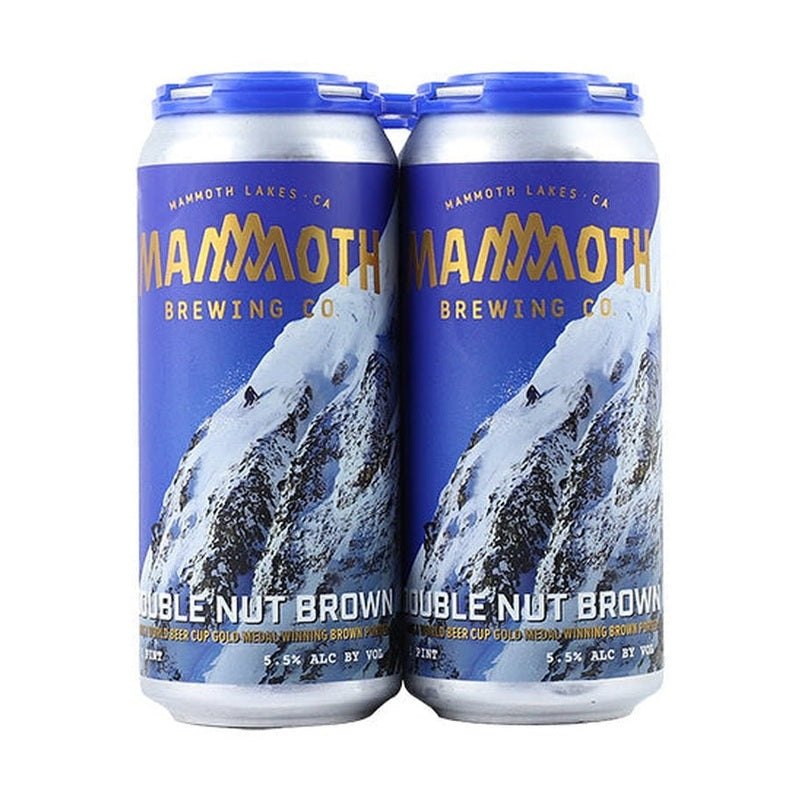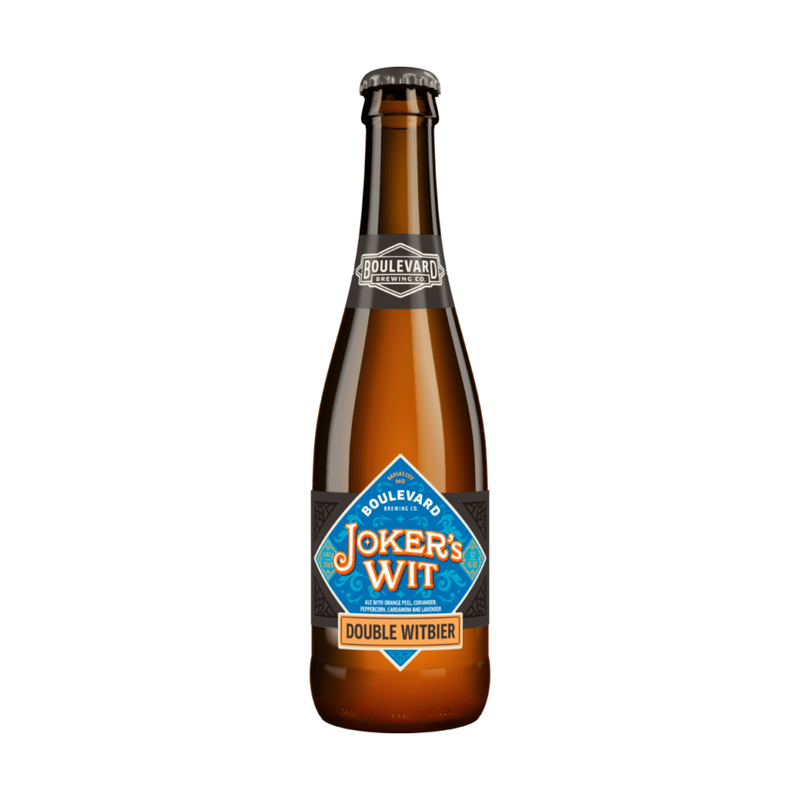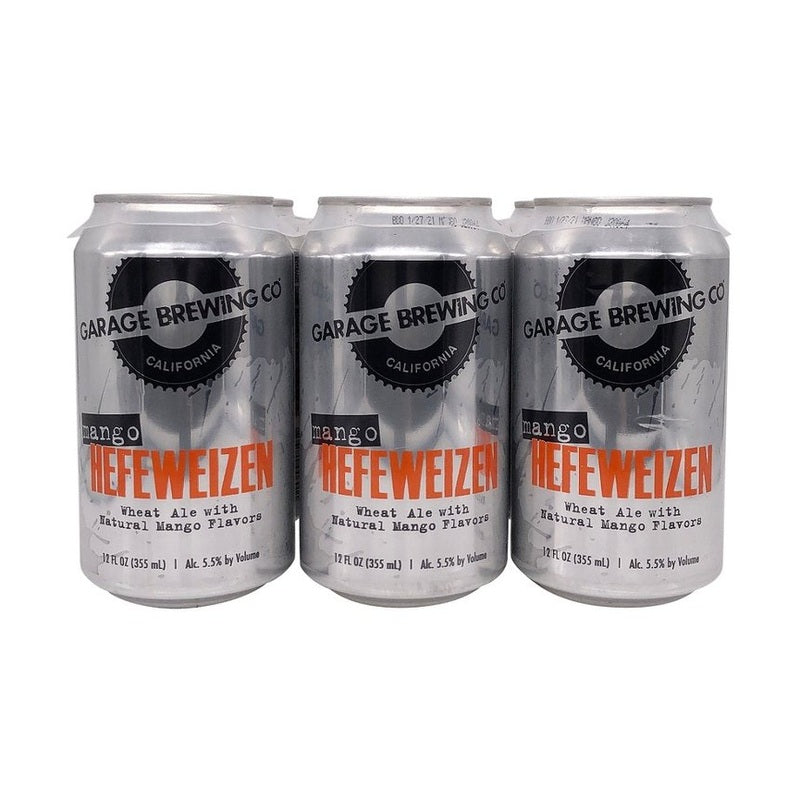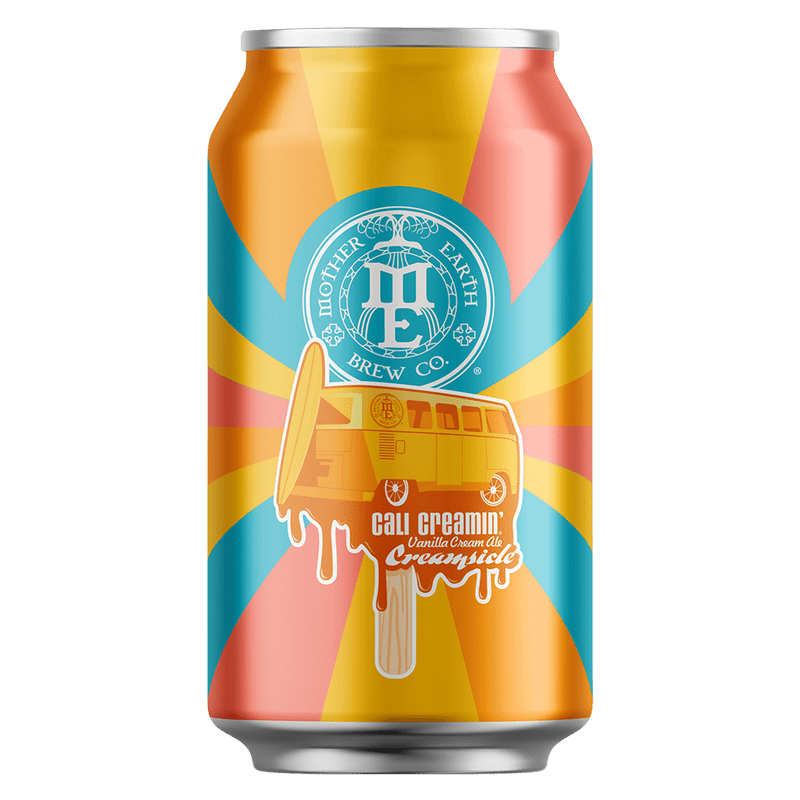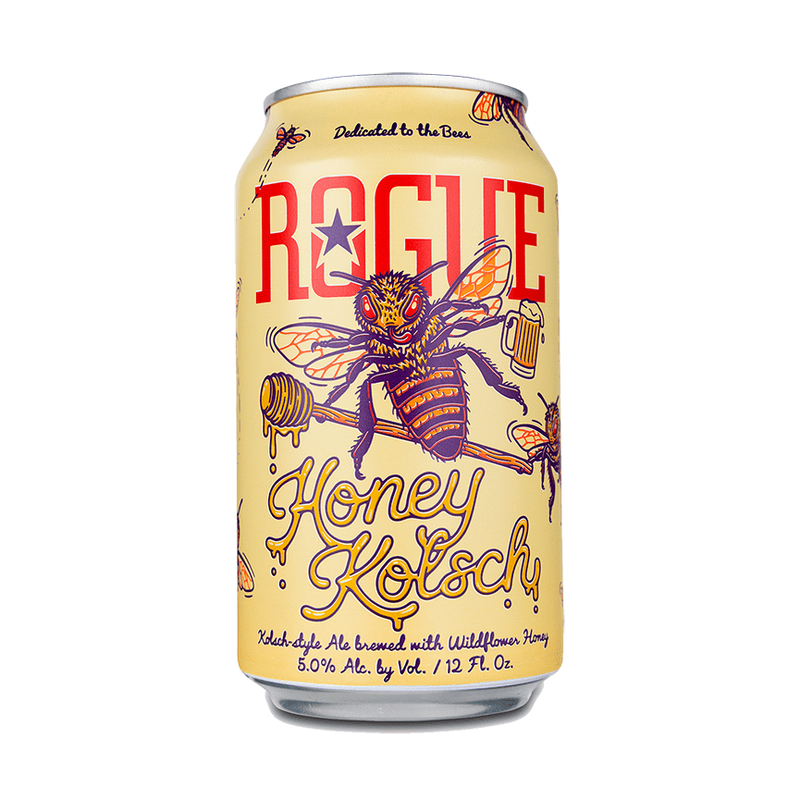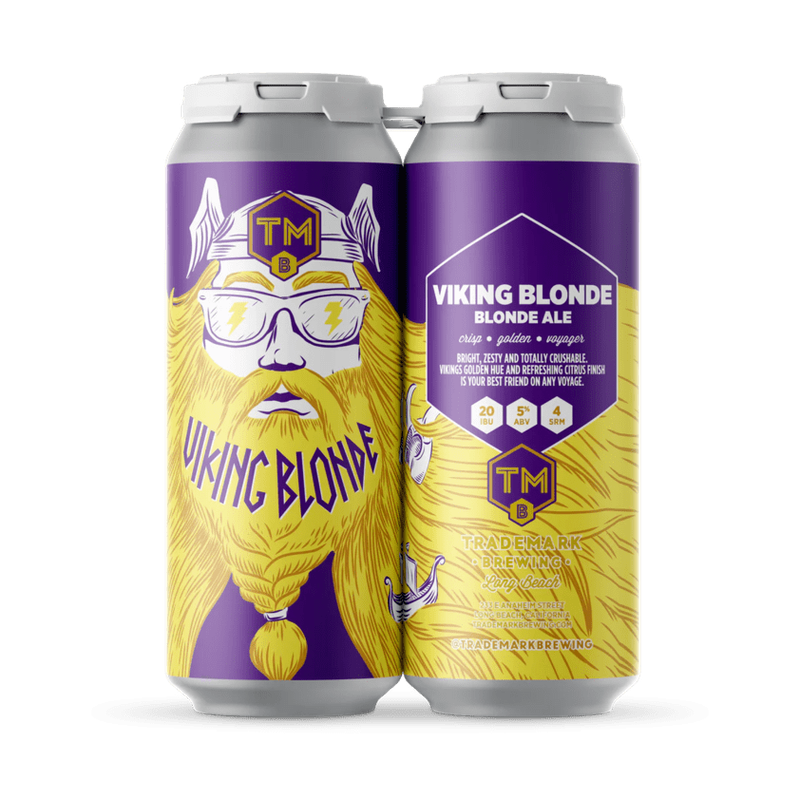
Ale
Filters
Ale, among the oldest types of beer, distinguishes itself through a warm fermentation process using top-fermenting yeast. This method yields a broad spectrum of flavors, making ale highly favored among beer enthusiasts worldwide. Rooted in ancient brewing traditions, ale has been cherished for ages and exhibits significant variation in flavor, color, and style.
Known for its robust and intricate flavor profile, ale can vary in color from pale gold to deep amber, depending on the malt employed. The warmer fermentation temperatures, typically ranging from 60-75°F (15-24°C), contribute distinct tastes by allowing the yeast to generate a diverse range of flavors, including fruity, floral, and spicy notes.
Ale encompasses numerous styles, each possessing unique characteristics. These include Pale Ale, celebrated for its harmonious blend of malt and hop flavors; India Pale Ale (IPA), renowned for its pronounced hops and elevated alcohol content; Brown Ale, featuring caramel and toffee undertones; Porter, a dark ale with roasted malt complexities; and Stout, akin to porter but often richer and creamier.
The rich heritage and diverse expressions of ale have sustained its popularity in the brewing world. From traditional recipes passed down through generations to inventive innovations in the craft beer movement, ale continues to captivate aficionados with its depth of flavor and cultural significance.
8one8 Brewing 'Valley Girl' Blonde Ale Beer 4-Pack
Duvel 6.66% Belgian Blond Ale Beer 4-Pack
8one8 Brewing 'Matador Red' American Red Ale Beer 4-Pack
Mammoth Brewing Co. 'Double Nut Brown Ale' 4-Pack
Paperback Brewing Co. One Night with Nora Blonde Ale Beer 4-Pack
21st Amendment Brewery Fireside Winter Ale
8one8 Brewing 'El Jefe del Trigo' Citrus Wheat Ale Beer 4-Pack
Altamont Beer Works Mac Drizzle Golden Ale Beer 4-Pack
Bacardi Dragon Berry
Belching Beaver 'Death by Blueberry' Wheat Ale Beer 6-Pack
Boddingtons Pub Ale Beer 4-Pack
Boulevard Brewing Co. 'Joker's Wit' Double Witbier Ale Beer 6-Pack
Brouwerij West 'Dog Ate My Homework' Blackberry Ale Beer 4-Pack
Cellador Ales Apatheia Wild Ale Beer 4-Pack
Cellador Ales Le Verte La Vie Rustic Saison Ale Beer 4-Pack
Cellador Ales Nature is Satan's Church Wild Ale Beer 4-Pack
Dust Bowl Brewing Co. The Gold 1 Ale Beer 6-Pack
Enegren Brewing Co. Valkyrie German Style Amber Ale Beer 6-Pack
Fort Point KSA Light & Crisp Kolsch Style Ale Beer 4-Pack
Garage Brewing Co. Mango Hefeweizen Wheat Ale Beer 6-Pack
Hitachino Nest Belgian White Ale Beer 4-Pack
La Chouffe Belgian Blonde Ale Beer 4-Pack
Lexington Brewing Kentucky Bourbon Barrel Ale Beer 4-Pack
Malibu Brewing Happy Days
Modern Times Brain Vacation Ale Beer 6-Pack
Mother Earth Cali Creamin' Orange Creamsicle
Ommegang Brewery 'Super Kriek' Blend Beer 4-Pack
Ommegang Brewery Gnommegang Belgian-Style Blonde Ale Beer 4-Pack
Pizza Port Brewing Co. 'Chronic Ale' Amber Ale Beer 6-Pack
Rationale Brewing
Rogue 'Dead Guy' Ale Beer 6-Pack
Rogue 'Honey Kolsch' Ale Beer 6-Pack
Samuel Smith's Nut Brown Ale 4-Pack Beer
San Fernando Brewing Co. 'Pumpkin Pi' Ale Beer 4-Pack
Smithwick's Red Ale Beer 6-Pack
Smog City Brewing Co. From LA Wit Love White Ale Beer 4-Pack
The Brewing Projekt Cowabunga Gose Style Ale Beer 4-Pack
The Brewing Projekt Puff Tart XL Imperial Sour Ale Beer 4-Pack
Three Weavers Brewing Co. Seafarer Kolsch Ale Beer 6-Pack
Trademark Brewing 'Viking Blonde' Ale 4-pack
Tripping Animals Brewing Co. 'Fruited Sky' Sour Ale Beer 4-Pack
Tripping Animals Brewing Co. 'Killer Kolsch' Inspired Ale Beer 4-Pack
Two Coast Brewing Co. A.K.A American Kream Ale Beer 4-Pack
Uinta Brewing Birthday Suit 23rd Anniversary Sour Raspberry Ale
- Featured
- Best selling
- Alphabetically, A-Z
- Alphabetically, Z-A
- Price, low to high
- Price, high to low
- Date, old to new
- Date, new to old








